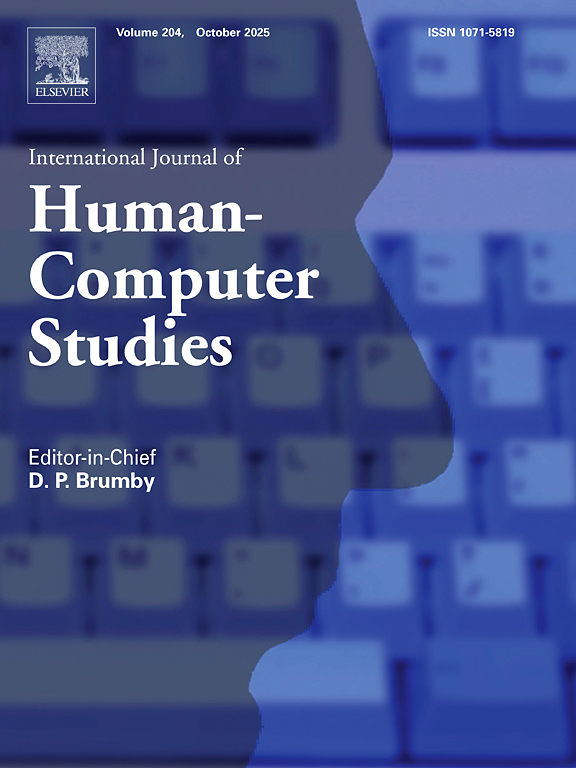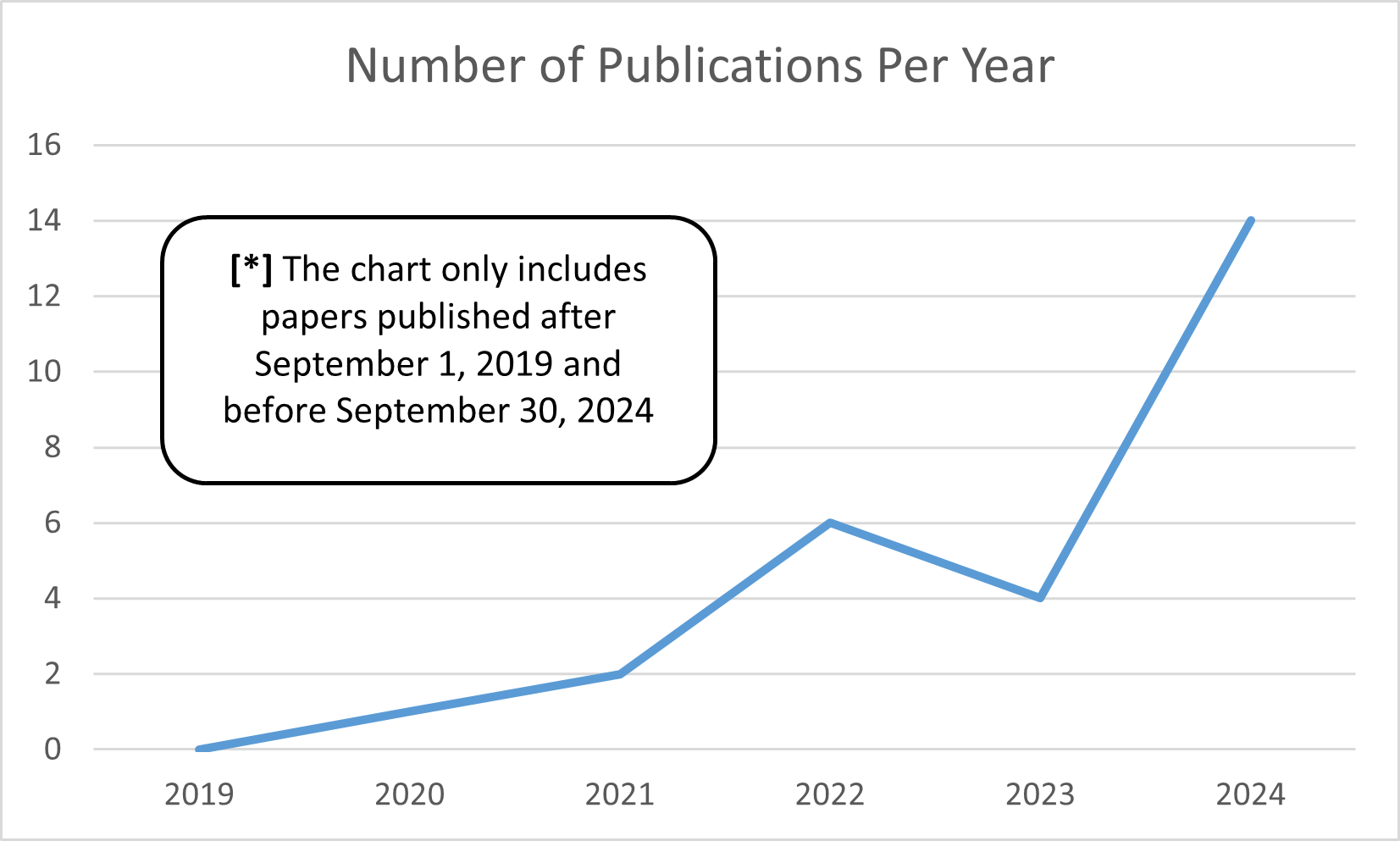New Research on Design Framework for AI-powered Digital Wellbeing Tools Published on IJHCS
We are excited to announce that our latest research, Intelligent Support for Digital Wellbeing: a Design Framework through a Systematic Literature Review, has been published in the prestigious Elsevier International Journal of Human-Computer Studies (IJHCS). The research, led by Luca Scibetta, Massimiliano Pellegrino, Alberto Monge Roffarello, and Luigi De Russis from the e-Lite group, introduces a design framework of 6 dimensions and 23 sub-dimensions providing a guide for the design of AI-powered digital wellbeing applications.

The paper reflects on how to apply AIs to digital wellbeing, accounting for the sensitivity of the topic to ensure that users are protected. Designers need to put great attention on the use of AI in this field: while there is a need for respecting the users, it is possible to exploit the flexibility of AI to improve current digital wellbeing tools, making them personalised and adaptive to user specific needs. Our design framework provides a set of aspects that require serious attention for a well-considered choice along with reflections over the available options.
To create our design framework, we started from a Systematic Literature Review based on the PRISMA framework. We used keywords such as "AI," "LLM," "chatbot," and "personalized intervention" combined with terms like "mental health" and "digital wellbeing" in our queries. After applying inclusion and exclusion criteria, we had a general corpus of 27 papers from the last 5 years, showing the growing interest for the topic, as shown in the graph below.

The following table sums up the design framework with its 6 dimensions and the respctive sub-dimensions, each focusing on different aspects of the design of an AI-powered digital wellbeing app that must be considered carefully.
| Dimensions | Sub-dimensions |
|---|---|
| User Information | Demographics, Lifestyle, Goal, Personal Device Metrics |
| Intervention | Purpose, Approach, Adaptation, Non-Maleficence, Crisis Management |
| Interaction | Role, Tone, Timing, Modality, Appearance |
| Data Management | Transparency, Privacy, Sensitivity Handling |
| Model | Selection, Response Quality |
| Study | Type, Participants, Duration, Results Validation |
Designers and researchers can leverage the framework as a checklist of important aspects that needs careful consideration and an informed choice. Each aspects provide reflections considering existing solutions and possible risk factors, encouraging to mind for the specific target of user and context. Researchers are further supported through the "Study" dimension that is intended to consider how to carry on a solid user-study that can account for habits-changing interventions.
In summary, our work has the potential to inform and guide future design and research integrating AI with digital wellbeing tools, focusing on users and how to provide them with the best possible assistance while preventing any unintended harm.
Additional information:
